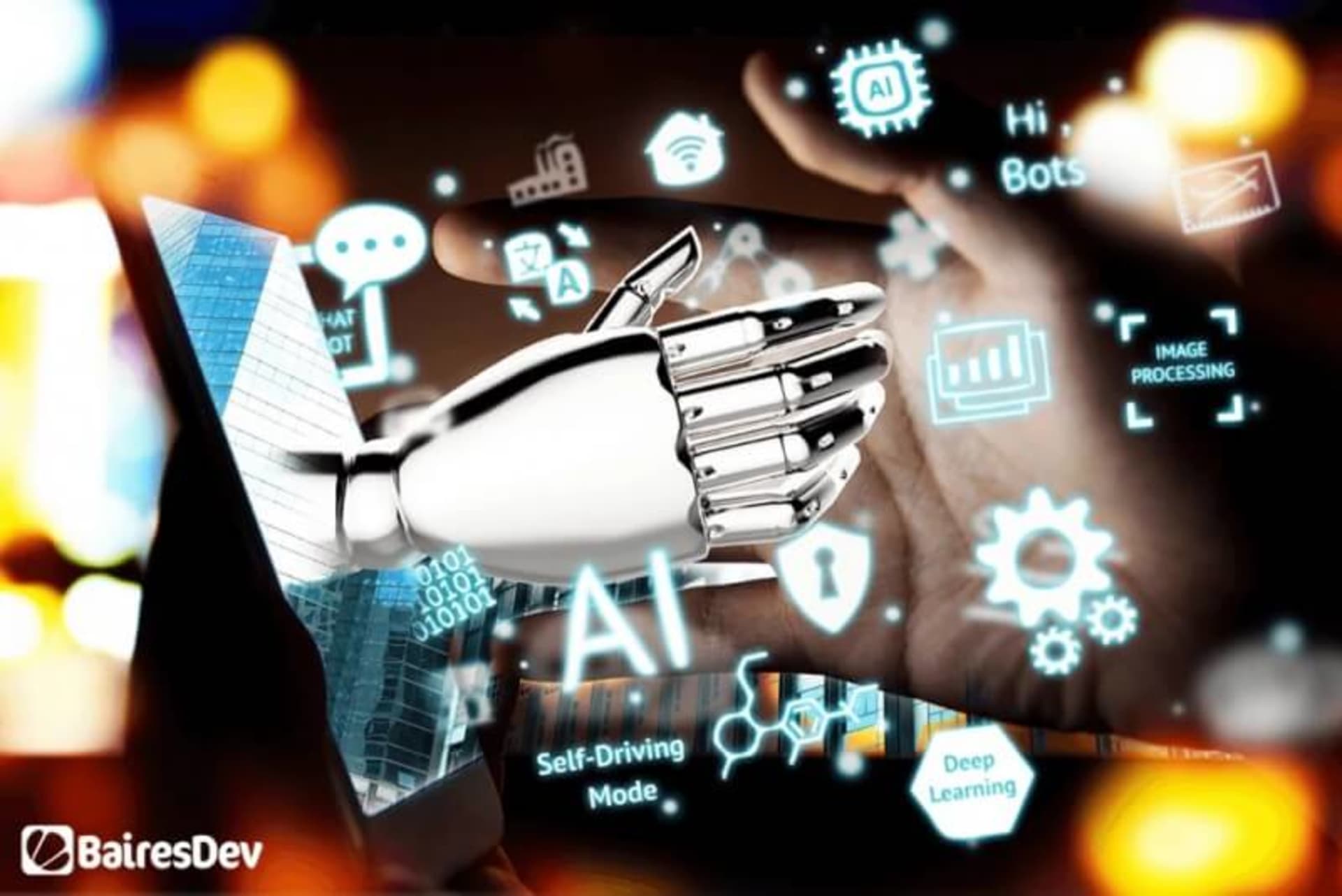The Rise of Microbotics
Microdoctors that study your brain. Microdevices smaller than a cell that rejuvenate batteries. Microrobots that clean the ocean. Swarms of microscopic electronics that maximize telecommunications. All of these sound like something straight from a science fiction movie. Yet, they are all under development, could be among us in a relatively short time, and have the potential to change the world as we know it.
We are talking about microbots. And though they feel like a brand new thing, they have been in the tech scene for quite some time now. In fact, your smartphone surely has a gyroscope, one of the many microdevices already available to the public that we can safely point as the grandfather of current microbots.
That’s because microbotics and the concepts supporting it have been growing for quite some time – and will continue to do so at an even faster pace. But what does that mean? What could we expect once microbots become a common thing? Let’s take a dive into the incredible world of these promising and impressive microdevices.
What are microbots, anyway?
In short, they are “mobile robots with characteristic dimensions less than 1 mm.” They can be seen as cousins of the common robots and the smaller nanorobots and, in fact, microbots share their nature with both of them. That’s because microbots can be autonomous (using their own onboard computer) or insect-like (the device is part of a group of identical units that behave like a swarm controlled by a central computer).
Their insect-like form is quite common, as they are very cheap to develop. This microbot form gives way to swarm robotics, where a large number of units work together to perform a specific task. The combination of many microbots compensates its lack of computation power, resulting in a behavior similar to a beehive or an anthill that cooperates to achieve a certain purpose.
What’s the focus on microbots development?
Since there’s still plenty of room for growth in the field of microbotics, we are far from seeing the full potential of microbots. That’s why researchers working with these devices are investing time, money and effort into sophisticating their capabilities.
Thus, each new iteration brings more processing power, more sensors, new modes of locomotion, expanded storage methods, and new energy harvesting techniques. The microbots’ evolution is tightly tied to the progress in the fields of nanotechnologies and Microelectromechanical systems (MEMS), which are the basis for what’s expected from the microbots of the future.
Which are the potential uses?
We already mentioned some of the real-life examples of microbots, which basically help to illustrate what they are capable of – and the goals their developers are focusing on. Thus, one of the primary uses of microbots is their application in the medical field. From cleaning our arteries and diagnosing diseases in their early stages to mapping our brains, there’s much expectation surrounding what these microdevices can bring to the table.
Another interesting use of microbots focuses on manufacturing and engineering. Several developers are imagining devices that can monitor an entire manufacturing chain to detect potential issues and malfunctions while helping to repair them as soon as they identify one. This is obviously applied to machinery but it’s also intended for a manufacturer’s infrastructure.
Additionally, microbots can be helpful in disaster zones and high-risk environments, such as the ones after an earthquake has hit. Thus, the microbot swarms can travel through the rubble to find survivors without risking human lives. Thanks to their built-in communications, they could contact rescue teams through wi-fi to alert of the exact spot where a survivor is trapped, reducing the time to get help to people in dramatic situations.
Of course, these are but a few uses that we are now seeing the microbotics industry. Since it’s in its early stages of development, there’s much to experiment with and try with these tiny devices. However, these three uses are the most promising, especially the ones related to the healthcare industry.
What are the challenges for their development?
As mentioned before, microbots have a long way to go for us to fully grasp what they can offer in our daily lives. Their evolution is closely linked to the progress of computation power, energy generation, miniaturization, and communication capabilities. As all of these become perfected and sophisticated, so will the microbots.
Yet, there are some people that aren’t that enthusiastic about the development of microbots and are asking for caution. As with any piece of technology, these people warn about the potential negative uses of these microdevices, especially those related to warfare and privacy.
On the warfare front, some critics think that microbots can be used to attack an enemy’s strategic locations, such as manufacturing facilities for ammunition, communication hubs, and even the enemy’s arsenal. Basically, these microdevices are being thought of as disrupting agents that can compromise an enemy’s tactical capabilities and even its weaponry.
As for the privacy concerns, these critics find the size of bots problematic, as it would be easy for any interested party to monitor and spy on a target without being noticed. Microbots could be used to follow people to log and record many aspects of their lives, gathering data of private behaviors and preferences that could complement and even expand the current personal data collection through other systems.
While both of these sound bleak, the debate around them is worth considering, as it brings forward the ethics of microbots. Like with any new technology, it’s important to ponder the microbots’ uses and limit them to the ones that prove beneficial for the vast majority. Dismissing these concerns simply because they sound paranoid can make us miss the important consideration of the human side of developments as groundbreaking and full of potential as microbotics.
Microbots are still on an early stage
Maybe microbotics isn’t moving forward at light speed but its constant pace ensures that we’ll see more and more microbots pop up in our lifetime. The industry itself is set for big growth in the upcoming years and the possibilities it can offer seem countless right now. That seems especially true when considering the explosion the Internet of Things is having, as it presents itself as a solid ally for microbots.
This paints an interesting scenario. Though we are at the nascent stage of microbotics, now it’s the time to take a deeper look at what we want this technology to become in the future. This means taking a closer look at their wide array of uses and further sophistication but also implies the development of regulations that limit their impact.
All in all, microbotics promises a very exciting world, provided that we keep a vigilant eye on what these microscopic devices will do and how they can impact our way of life.







